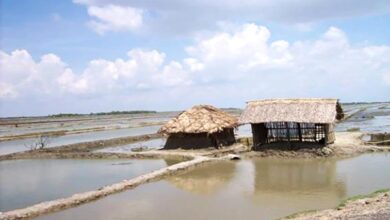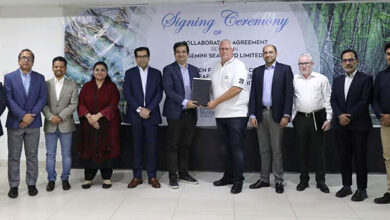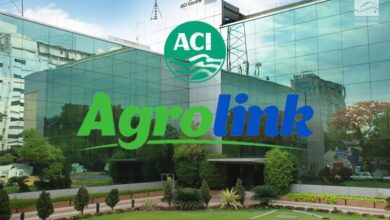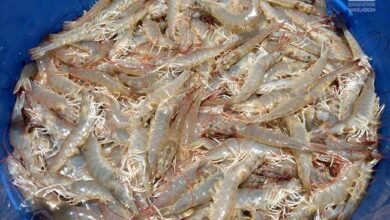Potential species for mariculture in Bangladesh’s coastal water bodies
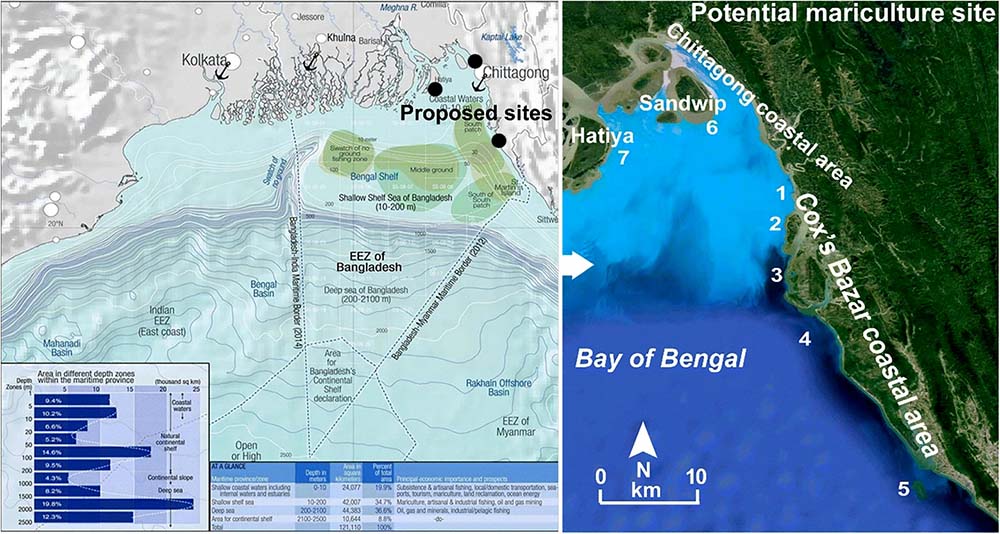
The expansion of mariculture along the coast would be beneficial to Bangladesh’s food security, social and economic well-being. Aquaculture, on the other hand, would compete for space and resources with other human activities in densely populated coastal areas, such as fishing, tourism, port operations, shipping, nature conservation, and industry.
There are approximately 490 species of fish, 28 species of shrimp, 16 species of crab, 30 species of shark, and 39 species of ray in Bangladesh’s coastal and marine water bodies.
Criteria for being potential species:
The potential candidate species for mariculture were chosen after taking into account a number of specific factors.
- Local environmental conditions
- Local market drivers
- Available knowledge and capacity
- The Ecosystem Approach to Aquaculture (EAA).
The species chosen, in particular, were native to the environment in which they were to be cultured, with brood stock sourced from local populations and produced in local hatcheries. We also took into account the species’ life history characteristics, such as trophic level, feeding biology, growth rates, and suitability for cultivation in net cages.
Potential fish and shellfish for mariculture
Production of fish and shellfish species can contribute significantly to livelihoods in some coastal areas, though suitable sites are likely to be scarce and husbandry more demanding. However, this may represent a good opportunity for private companies and other non-governmental organizations to produce high-quality export products. Export-oriented production of these species holds great promise for assisting Bangladesh in developing a blue economy.
The potential candidate species for mariculture are including below,
- Hilsa shad (Tenualosa ilisha)
- Seabass (Lates calcarifer)
- Grey mullet (Mugil cephalus)
- Black tiger shrimp (Penaeus monodon)
- Mud crab (Scylla serrata)
- Green mussel (Perna viridis)
- Clam (Meretrix meretrix)
- Oyster (Crassostrea madrasensis) and
- Sea cucumber (Parastichopus californicus)
Marine algae:
Because of their high biomass productivity and ability to remove airborne and waterborne pollutants, algae represent a sustainable energy source. Bangladesh has 244 seaweed species, including 19 commercially important species, and approximately 5000 metric tonnes of seaweed biomass is available.
Macroalgae:
Seaweed is used in phycocolloid or hydrocolloid, cosmetic, biofuel, biotechnology, pharmaceutical, waste water treatment, and bioplastic industries in addition to human consumption. St. Martin’s Island’s water quality parameters and rocky substratum make it an ideal location for naturally occurring seaweeds.
- Gracilaria sp.
- Hypnea sp.
- Enteromorpha sp. and
- Kappaphycus sp.
Microalgae:
Microalgae (single-celled algae or phytoplankton) play an important nutritional role as feed for marine animals in the open sea and aquaculture. In Bangladesh, microalgae oil is used to make biofuels.
- Skeletonema costatum
- Thalassiosira sp.,
- Chaetoceros gracilis,
- Tetraselmis sp. and
- Nanochloropsis oculata
Bangladesh currently contributes very little to total production. Culture of these species, on the other hand, is a low-investment activity with high returns.
There is growing interest in the production of these marine and coastal species due to the importance of social, cultural, food, nutrition, and conservation perspectives. Domestication of these for artificial propagation and mariculture in cages, intensive and semi-intensive, represents a potential option for contributing to the country’s blue economy development.
Farhana Islam
Agriculturist, Researcher

